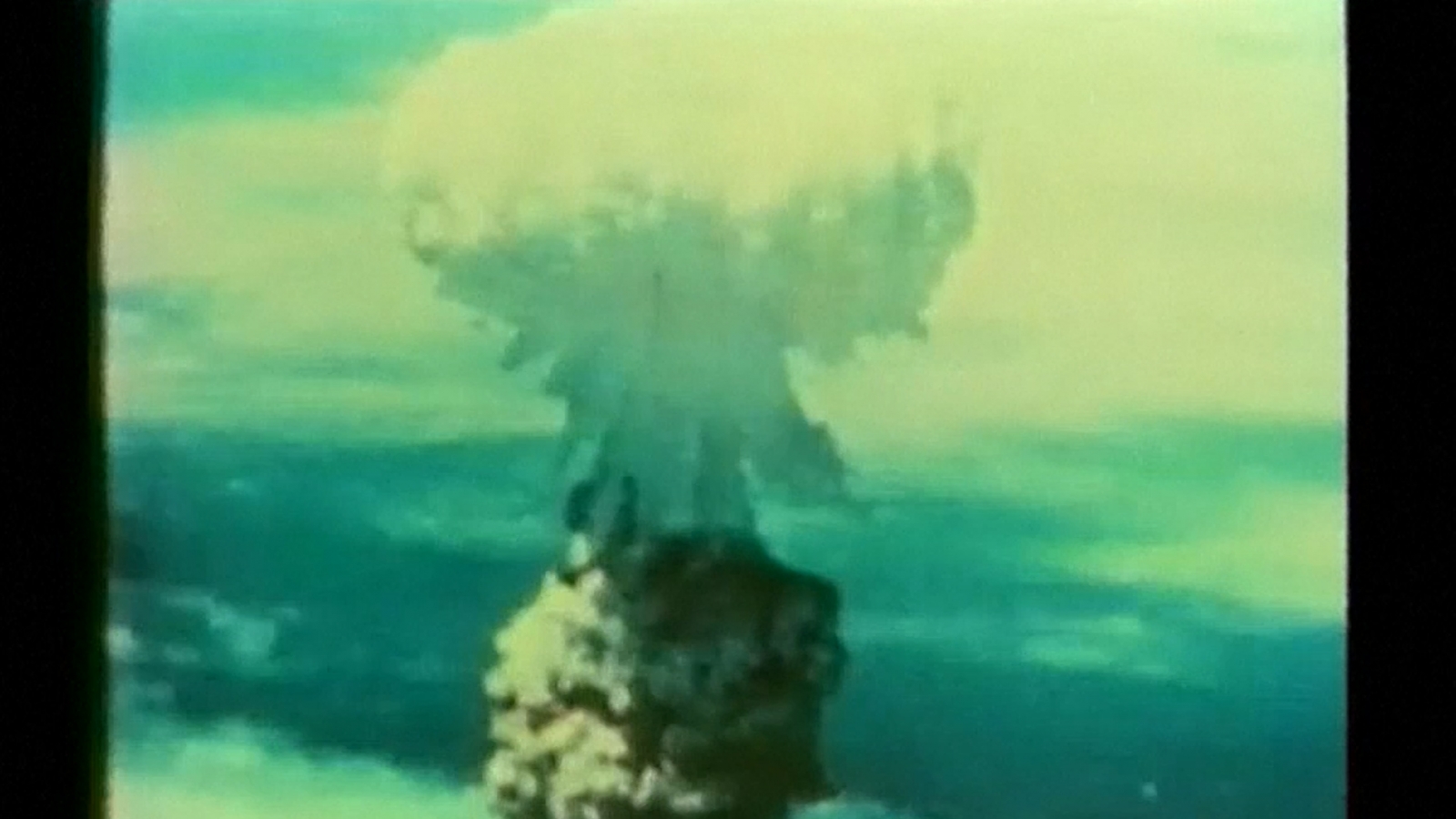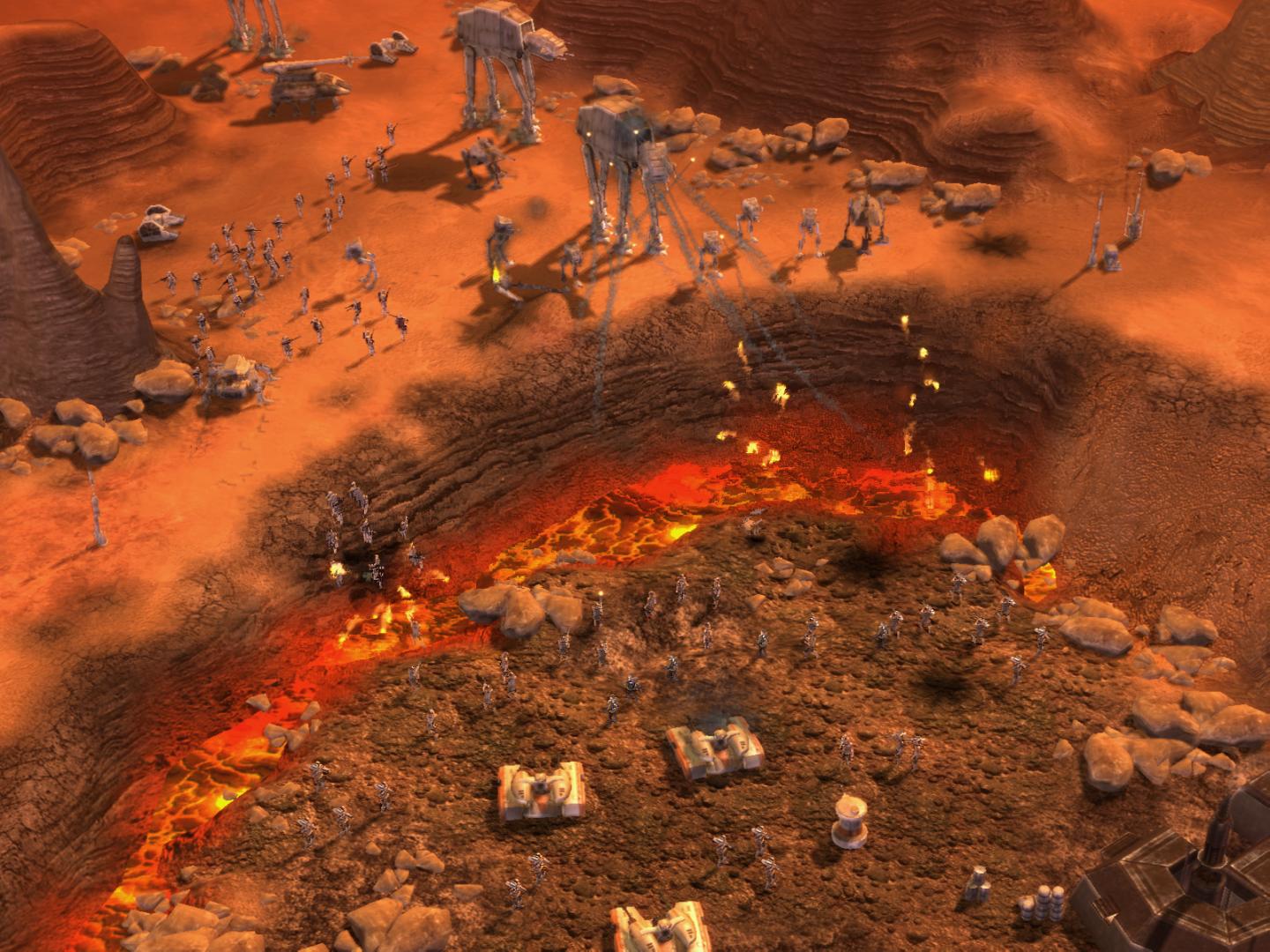


Additionally, deep trenches or cable lines leveled at the height of the AT-ST's ankles and knees could cause it to trip and topple the vehicle. Striking the walker's unprotected gyros underneath the command module could destabilize the walker and cause it to fall. Its armor did not cover its entire frame, lest the walker lose its agility. Defensively, its lighter armor could repel attacks from small-arms fire, but not laser cannons, missiles, or other heavy ordnance. Offensively, its weapons systems were only good against lightly armored targets at close range. ĭespite its speed and agility, an AT-ST walker's offensive and defensive power were significantly compromised. Gyros, flexible joints, footpad sensors, and shock absorbers formed a sophisticated system that controlled balance and stabilized the walker across a variety of terrains. The walker's deceptively rickety gait belied a potent patrol vehicle.

The "head" itself was capable of rotating 240 degrees side to side, greatly benefiting the gunner's target-acquisition abilities and capabilities for destruction. Inside the control cabin, the command module featured a holographic 360-degree view of the combat zone. Its two armored viewports were deliberately set to give any viewer the unsettling sensation of staring into the face of a soulless beast or oversized combat droid without actually being needed due to their impressive sensor package. Reinforced armor plates enveloped the control cabin, protecting the two-person crew. Its clawed feet could slash apart wires and fences at ground level. They were excellent at dealing with large amounts of infantry as well as mounted turrets that were too risky to be taken out with rocket launchers. It also featured one cheek-mounted 88i twin light blaster cannon and one cheek-mounted DW-3 concussion grenade launcher capable of doing massive damage to enemy vehicles and ground troops at close range. ĪT-STs were equipped with two chin-mounted MS-4 twin blaster cannons capable of firing at a range of two kilometers. The walker was commonly used on anti-personnel hunting missions, and was piloted by two AT-ST drivers with superior skills of balance and agility. As such, they were essential for cleaning up minor resistance along the path of a planned invasion route, and could quickly eliminate any small threats that evaded an AT-AT's barrage. The Empire used them for swift reconnaissance and troop support. Each blast took another bite out of the lip of the trench." ― Chanda Bethari describes an AT-ST firing on Hoth ĪT-STs were commonly used to screen the flanks of larger assault walkers for major ground operations. " The AT-ST kept spitting lasers at us, and we kept sinking lower and lower into the snow.


 0 kommentar(er)
0 kommentar(er)
